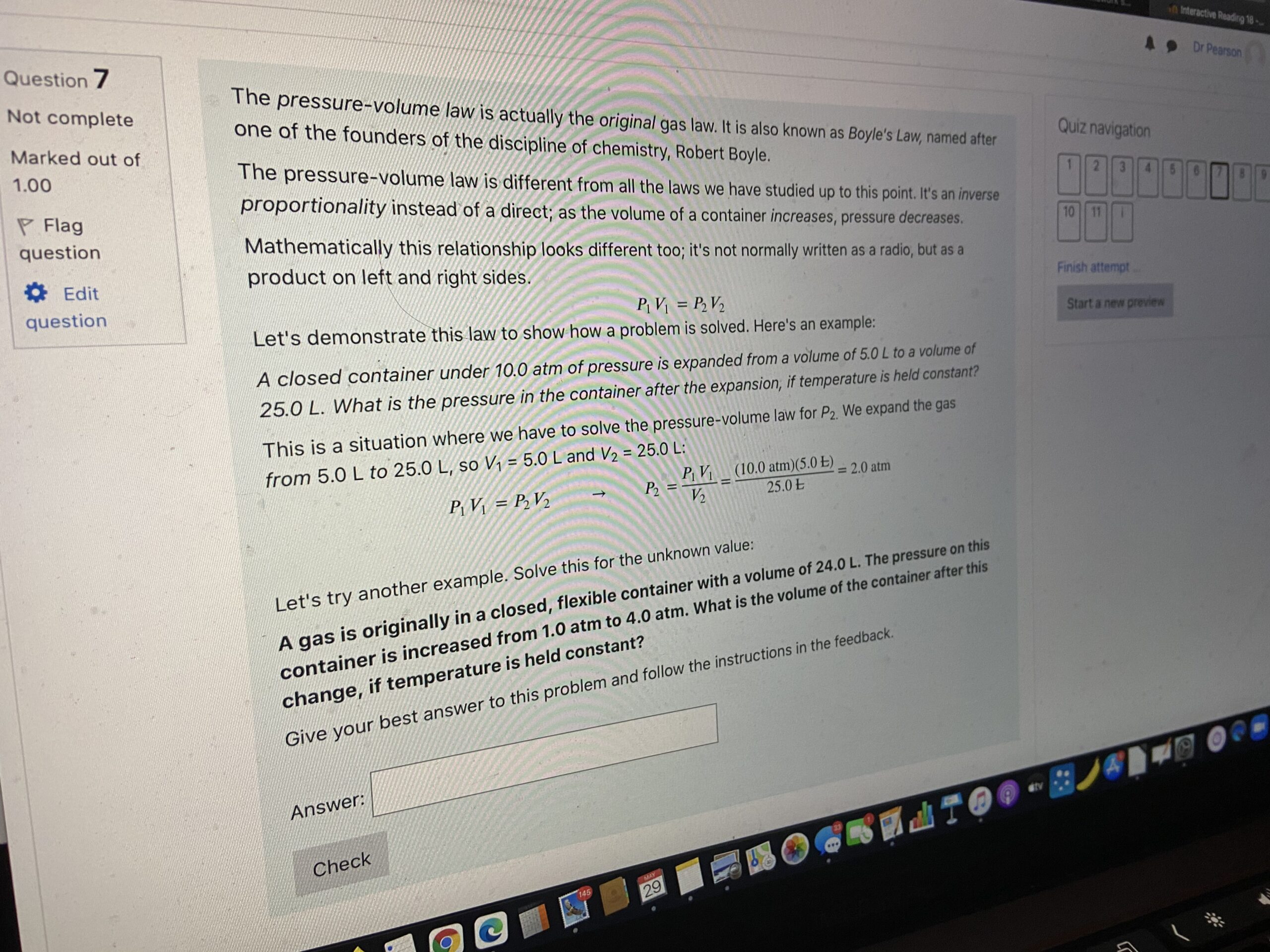Opening a discussion about online homework in the physical sciences
When I first started working on my “open online homework” project in 2007, I wasn’t aware that I was doing anything that could have interest to others; I wasn’t even aware that I was engaging in open educational practices. I was just frustrated that WebAssign seemed to have the market cornered on online physics and chemistry homework, and that students were mentioning how little sense it made that they had to pay to do their homework. And our school was adopting a new learning management system called Moodle, and Moodle was open-source, and Moodle had the capacity for doing computational homework authoring on-board.
If I could construct homework problems in Moodle that allowed students to get homework checked automatically, and students could use that resource for free instead of paying the $15USD access fee, that seemed like a win to me. And so I started working on online physics homework through Moodle.
When I first attended the Open Education Conference in Richmond, VA in 2016 and realized that there were people from across the academic disciplines asking questions, not only about how open resources could compete against the for-profit proprietary resources that permeate students’ educational experiences, but even how practices in the classroom could make students equal participants and partners in the generation of their educational materials, I realized that I had been working on materials to contribute to this work for nearly a decade at that time.
In the years since WebAssign held a seeming monopoly on physics and chemistry homework resources, providers contributing what Scott Kersey termed closed educational resources (CER; see Kersey 2019) have proliferated across the landscape. Web resources like Pearson Higher Education’s [1] Mastering and MyMathLab websites, Cengage’s Webassign and OWL products, McGraw-Hill’s Connect and ALEKS products, and Macmillan’s consolidation of proprietary products into its Achieve brand – all of these compete for institutional business, and for student dollars.
Increasingly in recent years, and gaining prominence in the era of pandemic-induced online learning, not only is there competition for student dollars from the closed educational resources, there is competition from services that help students game these resources with answers and solutions. Chegg Study is the most famous of these resources, but Course Hero and Quizlet also cause instructors headaches. (A blogpost from Michael Feldstein from February of this year, “The Chegg Situation Is Worse Than You Think”, is especially instructive.) And there is also competition as well from electronic proctoring services, using various surveillance methods to ensure students don’t cheat the software; companies like ExamSoft, Honorlock, Proctorio, ProctorU, and Respondus market tools at various levels of draconian anti-cheating surveillance. (There have been a host of publications on these tools over the past 15 months; Autumm Caines’ Twitter-lit-review of the rise of proctoring services is essential reading.)
Open education exists in part to undermine all of this competition for institutional business and student dollars; a core of the philosophy of open education is that the educational resources necessary to learn should be made freely available, both without cost and without restriction. (I’ve always used DeRosa and Robison’s article from Educause Review in 2015 as my foundation for describing open education.) In the physical sciences, open education is far from fully realized, but exists as a wide range of efforts at all levels of OER-generation and classroom practice to provide both texts and problem bases to students free of publisher constraints. (Many of the references in the original proposal cite exactly these kinds of efforts.)
In blogposts over the course of this week I’m going to describe my own efforts to provide open resources to my students, describe how my provision of those resources was transformed by the events of the COVID-19 pandemic, and ask questions about how much I should integrate my own efforts into broader efforts to provide open online resources in light of the current proliferation of competing homework-solution resources like Chegg Study.
I’ll also be posting reflections on Twitter using the hashtag #OOHomework.
I welcome participation in this work among attendees of #OTESSA21, as well as from people outside the conference who have interest in open resources in the physical sciences.
[1] Pearson Higher Education, is, of course, #norelation.
